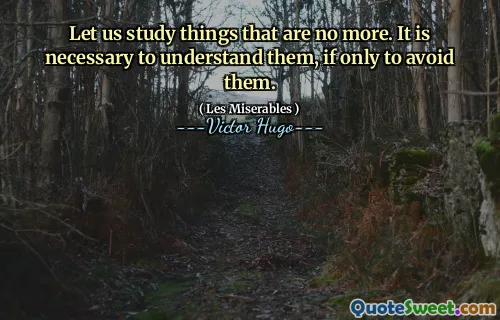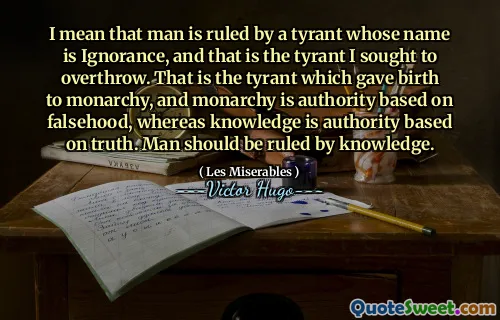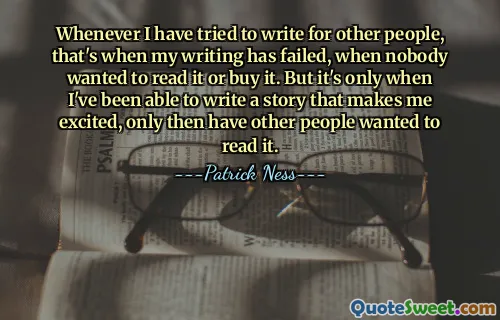
There is suffering in the light; in excess it burns. Flame is hostile to the wing. To burn and yet to fly, that is the miracle of genius.
This quote profoundly captures the duality of human brilliance and struggle. The 'light' symbolizes awareness, knowledge, or greatness, but it is not without its consequences—there is suffering within it. The analogy of flame being hostile to the wing alludes to the challenge of pursuing greatness or enlightenment while enduring the hardships intrinsic to such an endeavor. Wings are delicate, designed to fly freely, but contact with destructive flame threatens to consume or damage them. The phrase "to burn and yet to fly" embodies a paradox—it represents the ability to endure pain, adversity, or sacrifice (burning) while continuing to ascend, progress, or achieve (flying). It speaks to the essence of genius, which is not merely about talent or intellect but about resilience, perseverance, and an ability to integrate suffering into the creative and elevating process.
The quote resonates deeply with the human experience, where success and suffering often intertwine. It reminds us that greatness is not without cost and that the journey of exceptional individuals involves navigating the tension between destruction and creation. The miracle is in overcoming that hostility—manifesting genius by transforming suffering into flight, pain into achievement. Victor Hugo eloquently encapsulates this delicate balance, highlighting the profound strength and vulnerability wrapped in the pursuit of genius.











